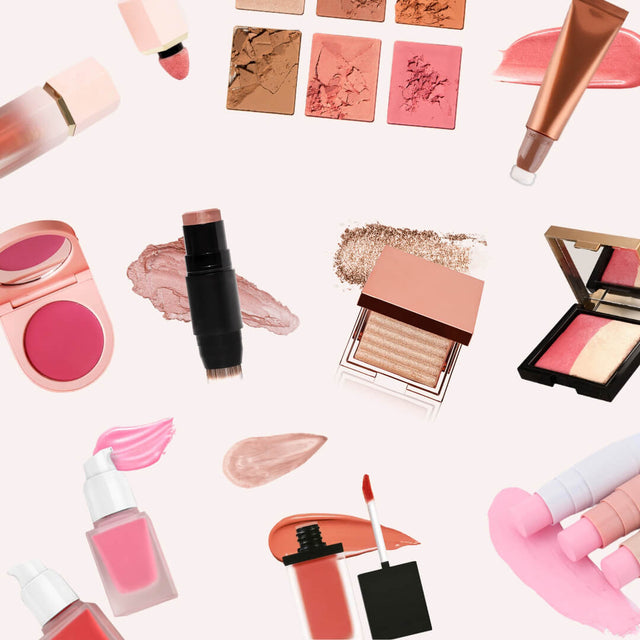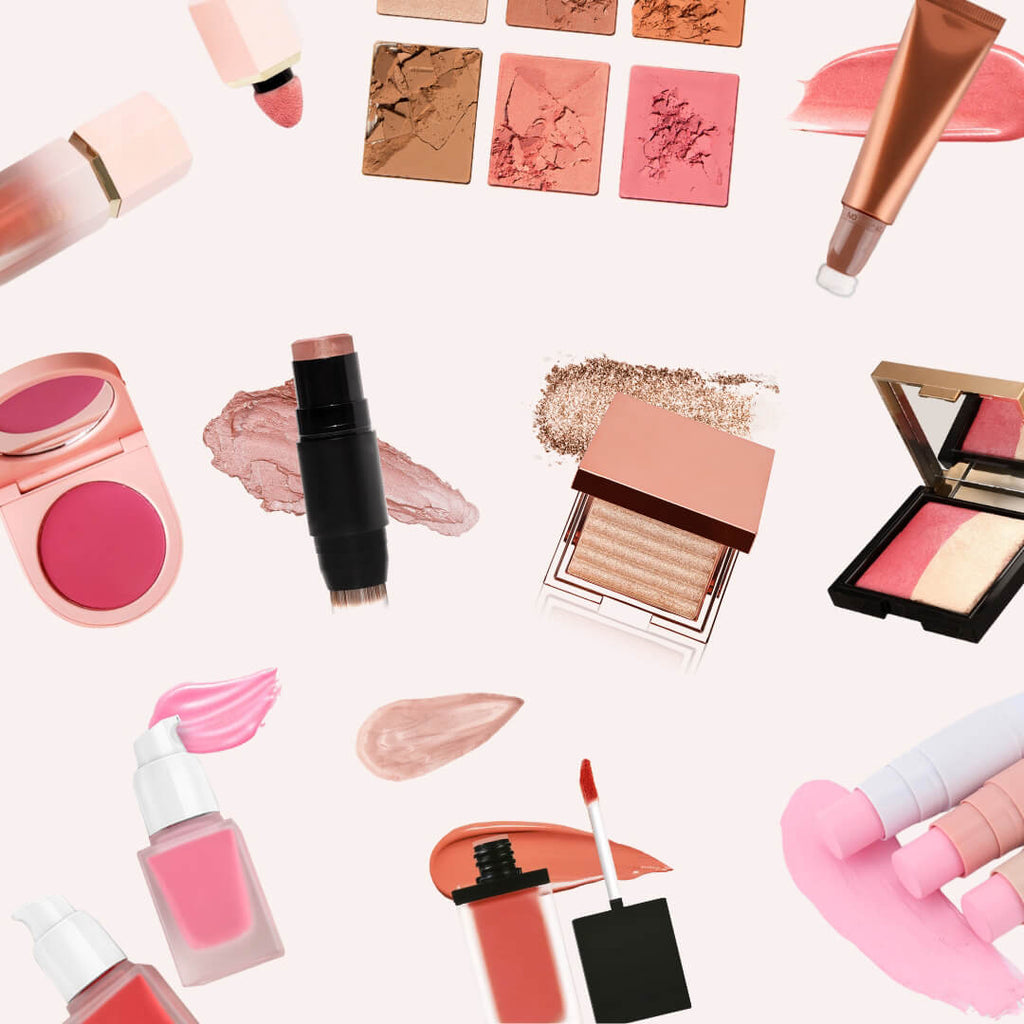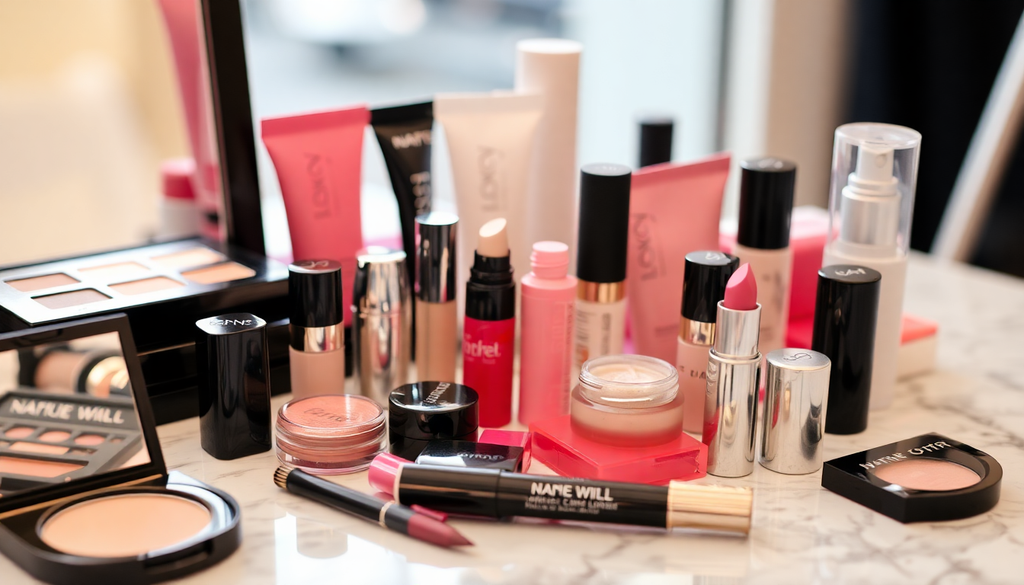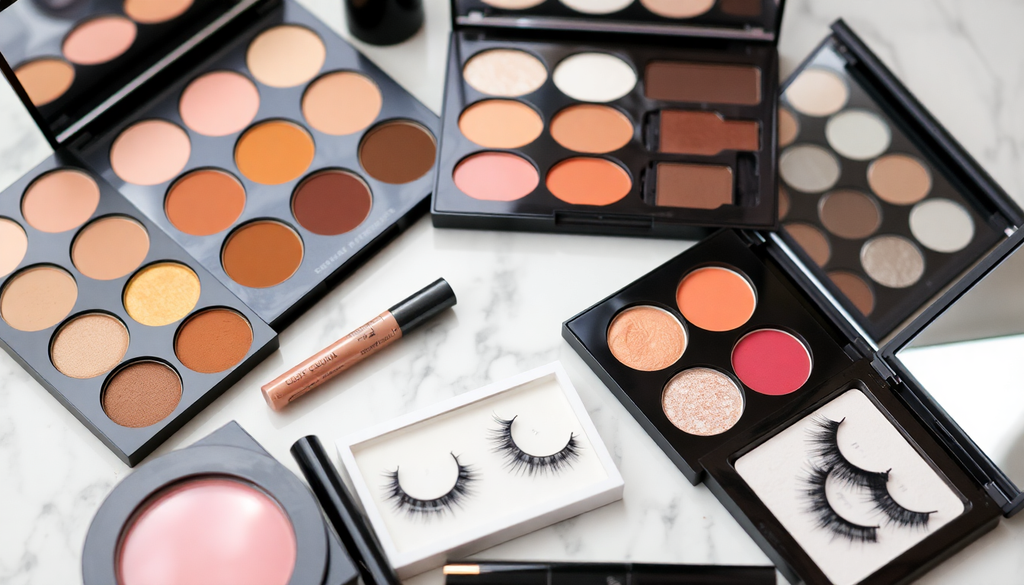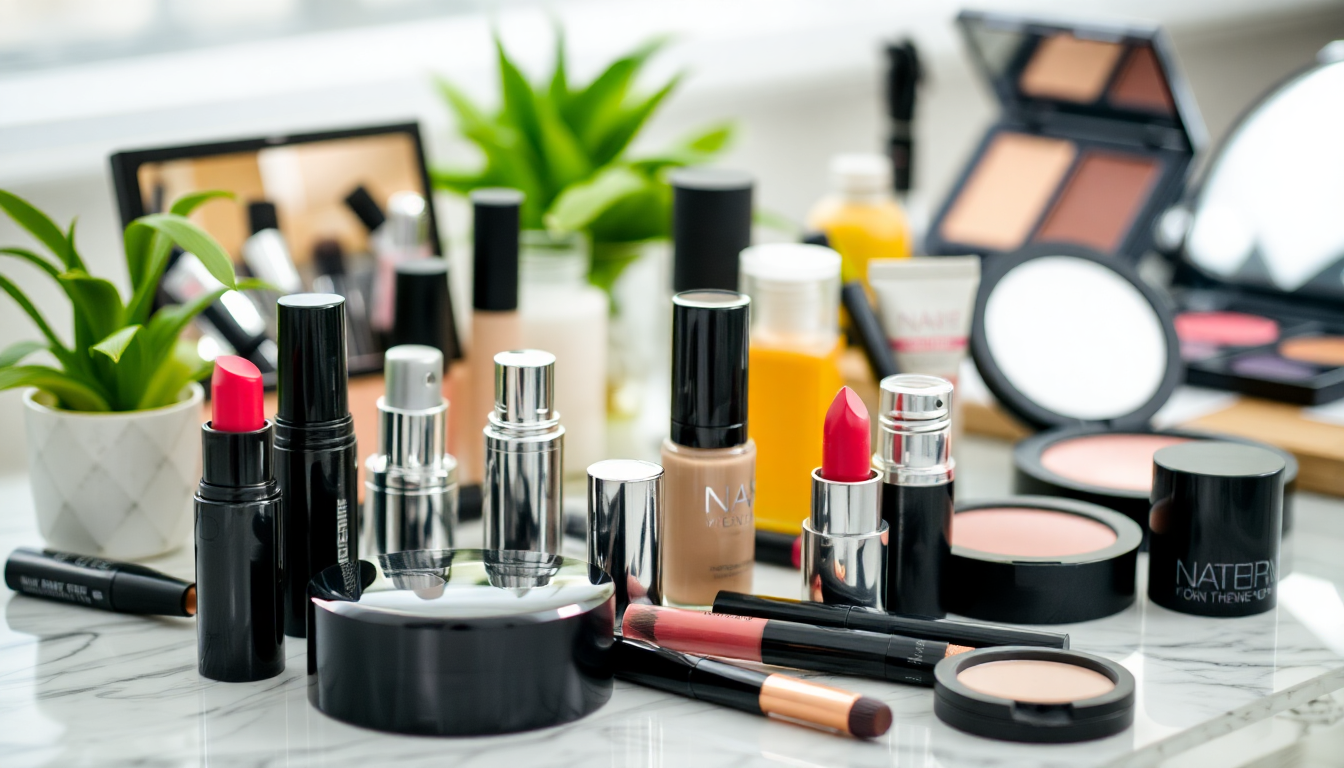
How to Build a Successful Makeup Brand: Essential Steps for Private Label Cosmetics and Effective Marketing Strategies in 2025
Building a Successful Makeup Brand in 2025
Introduction
The beauty industry in 2025 continues to thrive, with new makeup brands emerging at an unprecedented pace. If you’ve ever dreamed of launching your own private label cosmetics line, now is the perfect time to dive in. However, creating a successful makeup brand involves more than just a passion for beauty—it requires a deep understanding of regulations, effective marketing, and strategic planning. This guide will walk you through the essential steps to ensure your brand not only launches successfully but also stands out in a competitive market.
Step 1: Understanding Cosmetics Regulations
Before launching your makeup brand, it’s crucial to understand the regulations that govern the cosmetics industry. Different countries have specific guidelines to ensure consumer safety and product compliance. Here’s what you need to know:
- Labeling Requirements: Each country has its own labeling laws. For example, in the U.S., the FDA requires that all ingredients be listed in descending order of predominance. In the EU, products must include usage instructions and safety warnings.
- Import Policies: If you plan to sell internationally, research the import regulations of your target markets. For instance, some countries have restrictions on certain ingredients, like hydroquinone, which is banned in Japan.
- Certifications: Certifications like cruelty-free, vegan, or organic can boost your brand’s appeal. For example, brands like Fenty Beauty have gained popularity by emphasizing their cruelty-free status.
Step 2: Choosing a Reliable Manufacturer
Your manufacturer plays a pivotal role in your brand’s success. Here’s how to choose the right one:
- Research: Look for manufacturers with a strong reputation. For example, many successful brands partner with manufacturers in South Korea, known for their advanced skincare and makeup formulations.
- Quality Assurance: Ensure the manufacturer follows Good Manufacturing Practices (GMP). Brands like Glossier have built their reputation on high-quality products manufactured under strict quality controls.
- Samples: Always request samples. For instance, when Kylie Cosmetics was in its early stages, Kylie Jenner tested multiple samples before finalizing her lip kits.
- Minimum Order Quantity (MOQ): Discuss MOQs with potential manufacturers. Some brands, like ColourPop, started with small batches to test the market before scaling up.
Step 3: Developing Your Product Line
Creating a product line that resonates with your target audience is key. Here’s how to do it:
- Market Research: Identify trends and gaps in the market. For example, Fenty Beauty disrupted the industry by offering 40 shades of foundation, addressing a long-standing gap in the market for inclusive shades.
- Diverse Offerings: Consider a range of products. Brands like Anastasia Beverly Hills offer everything from brow products to eyeshadow palettes, catering to diverse customer needs.
- Testing: Ensure all products undergo safety and efficacy testing. For example, Tarte Cosmetics is known for its rigorous testing processes, which have helped build consumer trust.
- Packaging Design: Invest in attractive, functional packaging. Brands like Too Faced are known for their whimsical, Instagram-worthy packaging that appeals to younger consumers.
Step 4: Setting Up an Online Store
An online presence is essential for reaching customers. Here’s how to set up your e-commerce site:
- Choose an E-commerce Platform: Platforms like Shopify, WooCommerce, or BigCommerce are popular choices. For example, Kylie Cosmetics uses Shopify to manage its online store.
- Website Design: Create a visually appealing, user-friendly site. Brands like Glossier have minimalist, easy-to-navigate websites that enhance the shopping experience.
- Product Descriptions: Write compelling descriptions. For instance, Fenty Beauty’s product descriptions highlight the unique benefits of each item, such as long-lasting wear and inclusive shades.
- Payment Gateways: Offer secure payment options. Brands like Huda Beauty use multiple payment gateways, including PayPal and Stripe, to ensure smooth transactions.
- Customer Support: Implement robust support systems. For example, Sephora offers live chat and easy returns, which enhance customer satisfaction.
Step 5: Marketing Your Makeup Brand
Effective marketing is crucial for attracting and retaining customers. Here are some strategies:
- Social Media Marketing: Use platforms like Instagram and TikTok. For example, Huda Beauty leverages Instagram to showcase makeup tutorials and user-generated content.
- Influencer Collaborations: Partner with influencers. Brands like Morphe have successfully collaborated with influencers like James Charles to reach a broader audience.
- Email Marketing: Build an email list. For instance, ColourPop uses email campaigns to inform customers about new launches and promotions.
- Content Marketing: Create valuable content. Brands like Tarte Cosmetics use blogs and videos to share beauty tips and industry trends.
- Paid Advertising: Invest in digital ads. For example, Fenty Beauty uses targeted Facebook and Instagram ads to reach specific demographics.
- SEO Optimization: Optimize your website for search engines. Brands like Anastasia Beverly Hills use SEO to improve their organic search visibility.
Step 6: Building Brand Loyalty
Customer loyalty is key to long-term success. Here’s how to build it:
- Customer Feedback: Encourage reviews. For example, Glossier actively seeks customer feedback to improve its products.
- Loyalty Programs: Create a rewards program. Brands like Sephora offer points for purchases that can be redeemed for discounts or exclusive products.
- Community Engagement: Foster a sense of community. For instance, Fenty Beauty engages with customers on social media, encouraging them to share their makeup looks.
Step 7: Scaling Your Business
As your brand grows, consider these strategies for expansion:
- Diversification: Expand your product range. For example, Kylie Cosmetics started with lip kits and later expanded to include skincare.
- International Expansion: Enter new markets. Brands like Huda Beauty have successfully expanded into markets in the Middle East and Asia.
- Retail Partnerships: Partner with retailers. For instance, Fenty Beauty is available in Sephora stores worldwide, increasing its accessibility.
Conclusion
Launching a successful makeup brand in 2025 is an exciting journey that requires careful planning and execution. By understanding regulations, choosing the right manufacturer, developing quality products, setting up an online store, and implementing effective marketing strategies, you can carve out a niche in the competitive beauty industry. Stay adaptable, keep up with trends, and engage with your audience to ensure your brand’s longevity and success. Start your journey today, and watch your makeup brand flourish!

